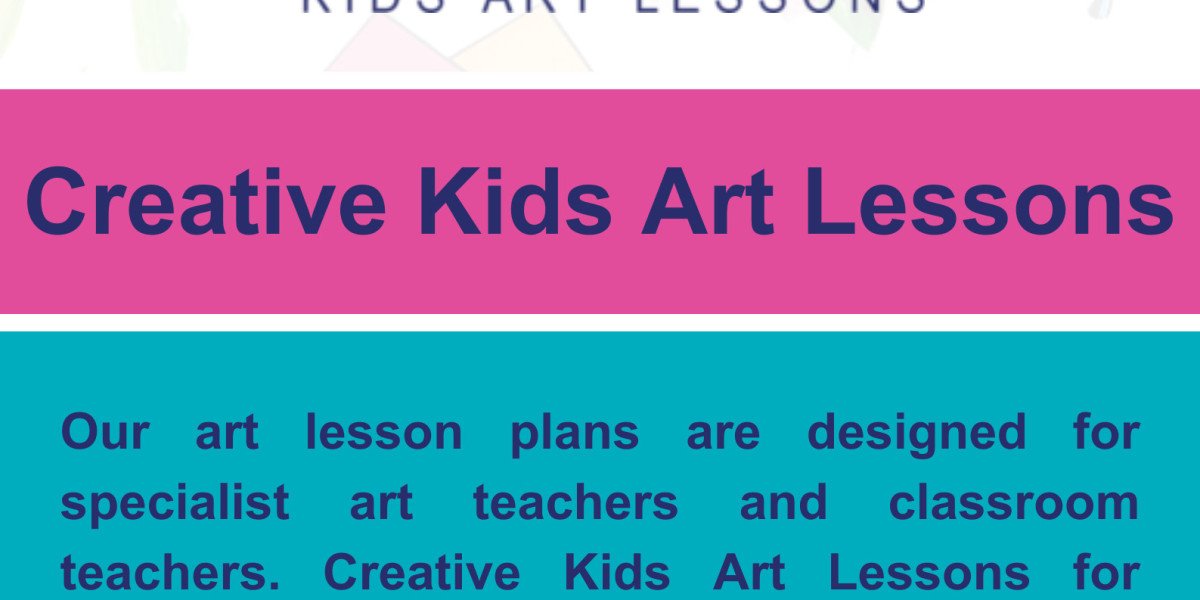In the formative years of kindergarten, children's creativity blooms like wildflowers in a spring meadow. Nurturing this creativity through thoughtful art lesson plans can lay the foundation for a lifelong love of artistic expression. Kindergarten art lesson plans should be more than just activities; they should be experiences that inspire and delight, fostering both imagination and skill development.
Creating a Palette of Learning
The key to effective kindergarten art lesson plans lies in their ability to integrate playfulness with purpose. Begin with simple activities that encourage exploration of colors, shapes, and textures. For instance, finger painting sessions can introduce the concept of mixing colors, while also enhancing fine motor skills.
Themes that Inspire
Introducing themes in art lessons can ignite children's imagination. Themes like "Under the Sea" can prompt discussions about marine life, leading to drawings of colorful fish and seaweed. Similarly, "Outer Space Adventures" can encourage creating alien landscapes with glittery stars and rocket ships. Such themes not only make learning enjoyable but also foster curiosity about the world.
Incorporating Multisensory Elements
Kindergarten art lesson plans should engage all the senses. Incorporate music that complements the theme, allowing children to paint to the rhythm. Use textured materials like cotton balls or sandpaper to create tactile artworks that stimulate touch. By appealing to multiple senses, art lessons become immersive experiences that enhance learning.
Celebrating Diversity and Individuality
Every child is unique, and kindergarten art lessons should celebrate this diversity. Provide opportunities for children to express their cultural backgrounds through art. For example, a lesson on traditional African patterns can inspire intricate designs, while discussions about festivals around the world can lead to collaborative projects that reflect different celebrations.
Fostering Collaboration and Confidence
Group activities in art class teach children valuable social skills. Encourage collaborative art projects where children work together to create murals or sculptures. This not only promotes teamwork but also boosts confidence as children proudly display their collective masterpiece.
Conclusion
Kindergarten art lesson plans are more than just about creating art; they are about nurturing creativity, curiosity, and confidence in young minds. By carefully designing lessons that are both educational and enjoyable, educators can spark a lifelong passion for artistic expression in their kindergarten students. Through colors, textures, themes, and collaboration, these lesson plans pave the way for a future generation of imaginative thinkers and creators.








